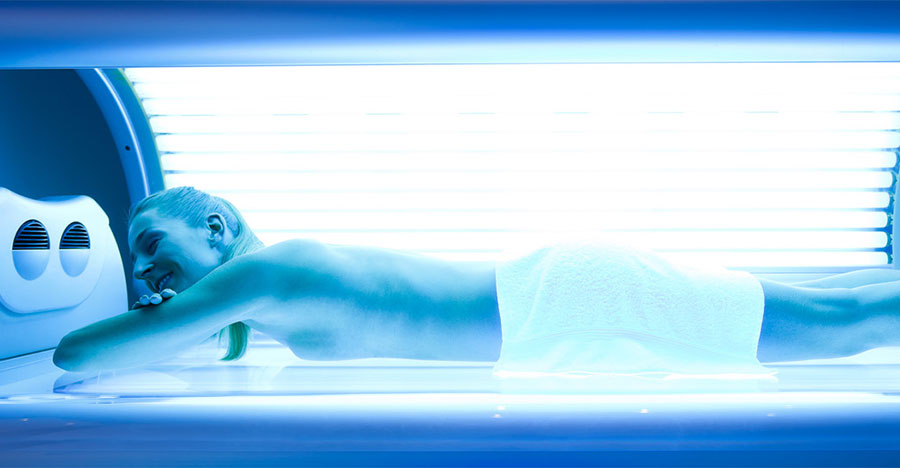According to the World Health Organisation (WHO), the incidence of both non-melanoma and melanoma skin cancers has been increasing over the past decades, and WHO estimates that a 10 % decrease in ozone levels will result in an additional 300 000 non-melanoma and 4 500 melanoma skin cancer cases globally.
More than 20 000 South Africans were diagnosed with the most common non-melanoma skin cancers (basal cell carcinoma and squamous cell carcinoma) in 2014 and more than 1500 were diagnosed with melanoma.
Fair Skin Tone
People with blonde / red head hair with light skin, freckles and green or blue eyes are more at risk for sunburn and skin damage and need to take extra care to protect their skin.
Albinism and Cancer Risk
People living with the genetic condition Albinism, causing them to be extremely pale, need to take extra special care when outdoors, as they are at greater risk of developing skin cancer, and it’s important that it be detected early when it can be removed by surgery. They need to wear protective clothing and sunglasses to protect their sensitive eyes. It’s also important that they seek employment in a shaded environment and go for regular examinations to monitor for skin cancer. Sunscreen is available through prescription from the Department of Dermatology at public hospitals. Read more about Albinism and cancer risk…
People with Darker Skin also at Risk

Nikki Seboni, skin cancer Survivor…
It is important to take note of the fact that everyone, regardless of racial or ethnic group, is at risk of getting skin cancer. Although people with darker skins are less susceptible, because their skin contains more natural melanin, that protects against sun damage, everyone is at risk from the harsh African sun.
Although people with darker skins are at a lower risk of melanoma than lighter skinned groups, the majority of basal cell carcinomas, in people with darker skins, occur in sun-exposed skin, indicating that sun protection is paramount, regardless of pigment. ¹
In darker skins, 70 % of melanomas have been reported to be on the lower limb, with 90% of those being below the ankle. The most common subtype, acral lentiginous melanoma, appears on the palms of the hands and soles of the feet. ²
Nikki Seboni believed that skin cancer was a white person’s disease, until she was diagnosed at the age of 25 years. Read more…
¹ Gloster HM Jr, Neal K. Skin cancer in skin of color. J Am Acad Dermatol 2006;55:741-60
² Hudson DA, Krige JE. Melanoma in black South Africans. J Am Coll Surg 1995;180:65-71








